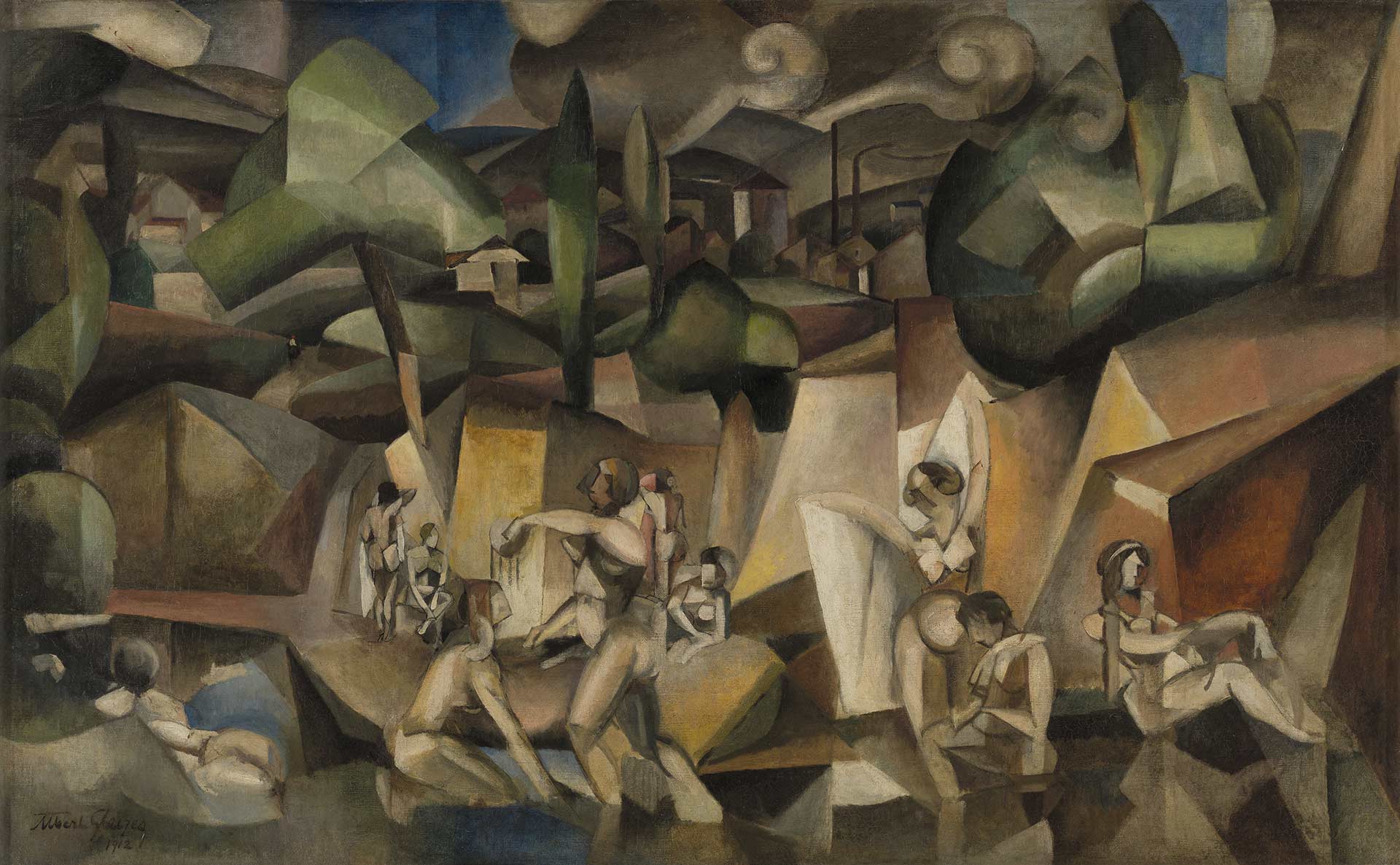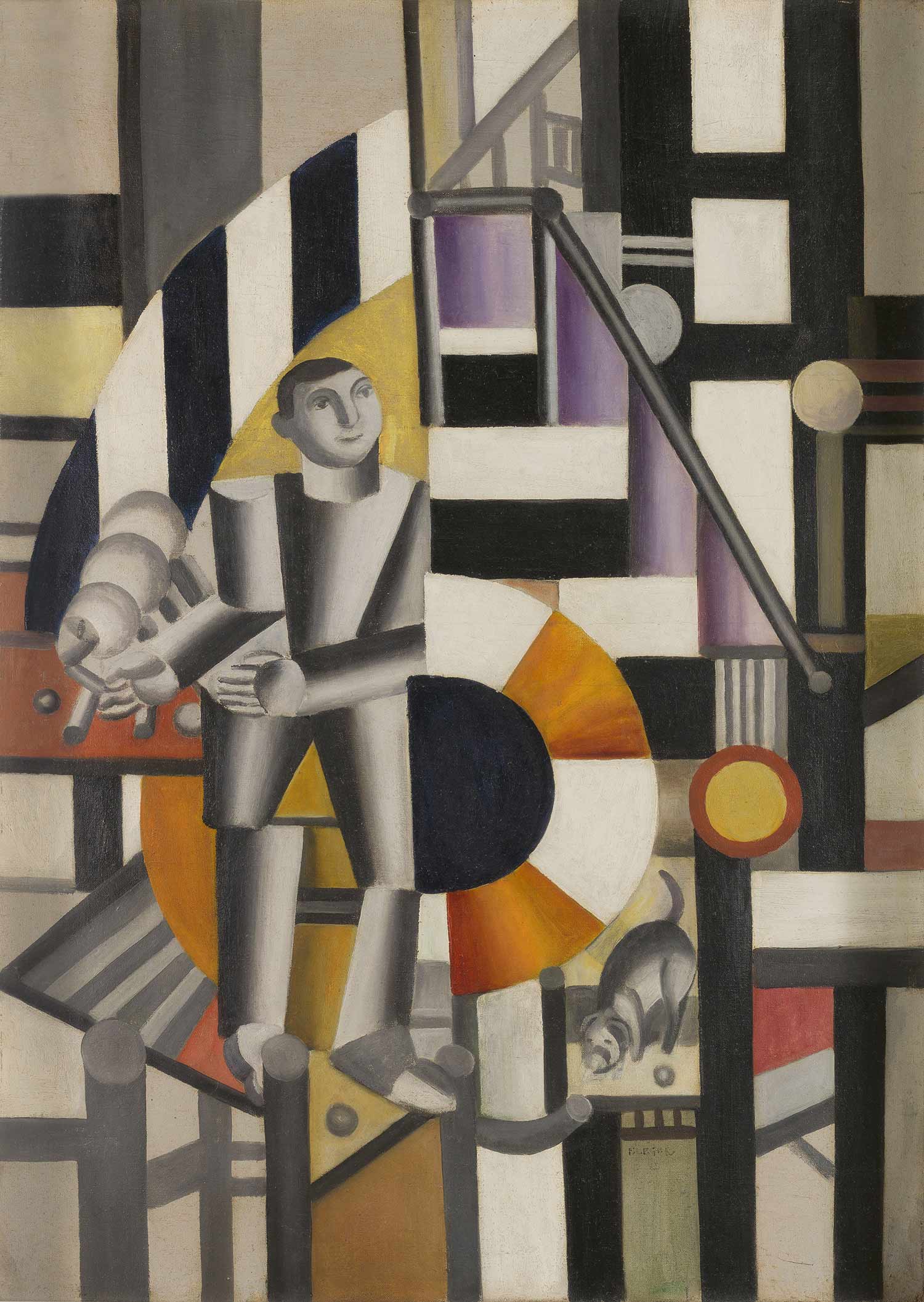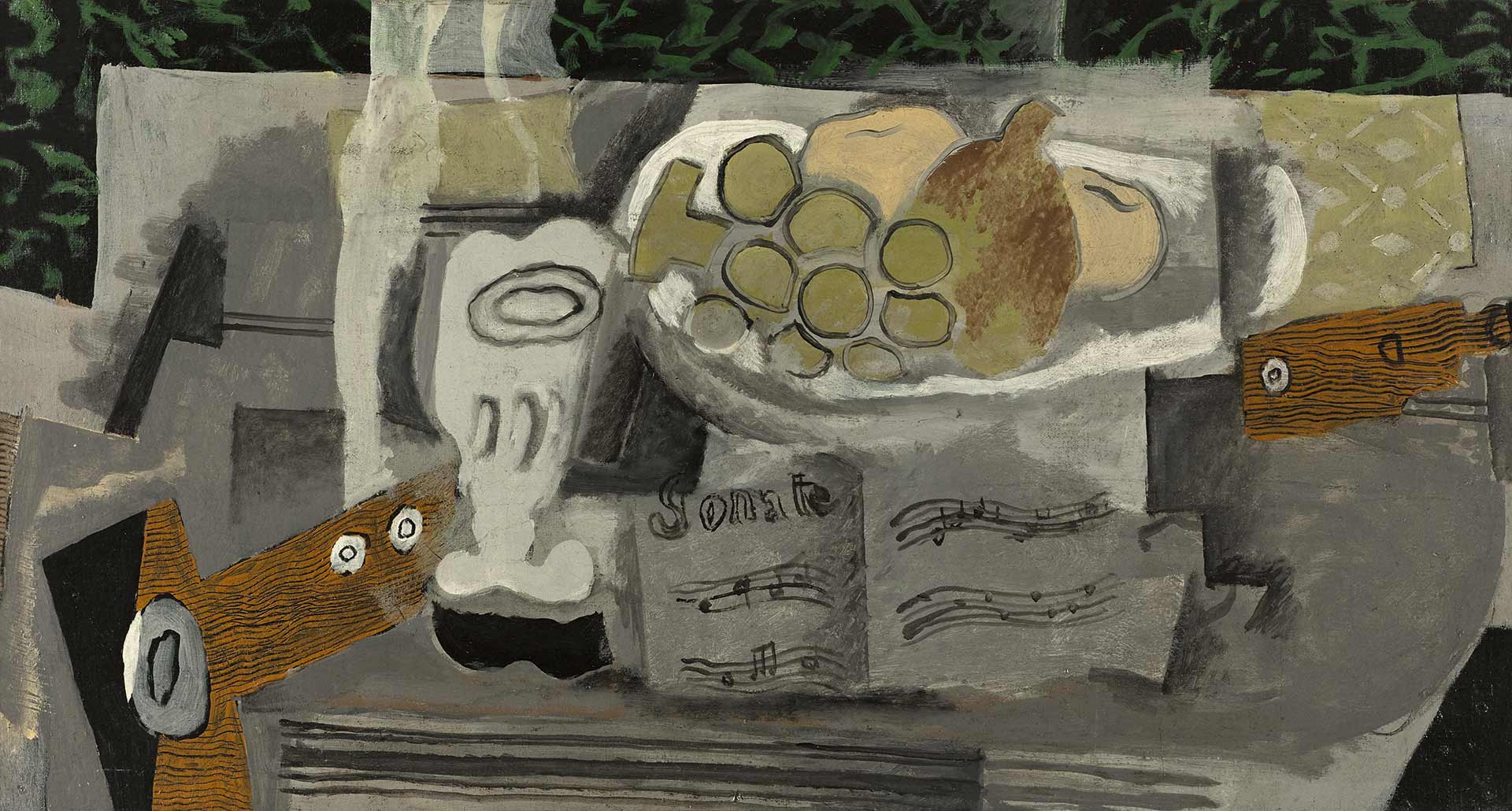Fauvism and Cubism: Scandalously Modern
GALLERY 305
Fauvism and Cubism flourished in the city of Paris in the first decade of the 20th century. Before these movements became significant landmarks in art history, the names chosen by art critics to characterize them were meant to be unfavorable and to minimize the new artistic research presented in the Parisian Salons. Indeed, for the Fauves, their new form of pictorial expression employed bold, non-naturalistic colors and spontaneous brushwork, while the Cubists aimed to represent objects and figures in planes that showed simultaneously different viewpoints. This audacious freedom was considered scandalous as it revolutionized traditional representation of portraiture, landscape, and still-life.
After witnessing the works by Henri Matisse and André Derain at the Salon d’Automne in Paris in 1905, art critic Louis Vauxcelles labeled the artists “les fauves,” or wild beasts, as a marker of their outrageous departure from traditional art. In fact, Fauvism embraced the dissolution of shapes into color inherited from Impressionism and Pointillism and used a lively palette of bright colors. In an effort to search for new formal ways to evoke intensely emotional reactions, these artists emphasized the expressive potential of color and adopted a radically new painterly approach to their subject matter. Among those artists included in this movement are Derain, Robert Delaunay, Matisse, Maurice de Vlaminck, and Louis Valtat.
At the turn of the century, Cubism was born as a revolutionary approach to representing reality. Initially ridiculed by critics who criticized their paintings for consisting of small “cubes,” Pablo Picasso and Georges Braque together pioneered the Cubist style, based on their analysis of Paul Cézanne’s paintings, which were very highly regarded by young painters in the early 20th century. Other artists involved with Cubism created fragmented compositions as well as sculptures that represented simultaneous viewpoints of reality, thus revolutionizing the rules of perspective inherited from the Renaissance. Artists in this movement included Braque, Albert Gleizes, Natalia Goncharova, Juan Gris, Fernand Léger, Andre Lhóte, Jean Metzinger, and Picasso.




